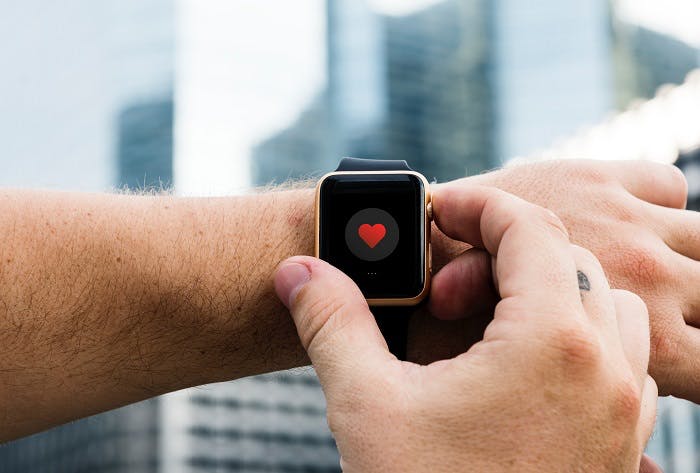The Internet of Things technologies you should know about before hiring an IoT Application Developer
Oct 19, 2019 01:31
These days, there are many things that a manager or business leader needs to know about. Project management, staff management, finance, regulatory requirements, team leadership, strategy development, operations management and so on, not to mention the subject matter material that is specific to their field. All have their own terms, their own concepts, their own language. It is challenging, to say the least. And then we get to IT, a field that definitely has a language all of its own, where developments are rapid, and change is constant.

As with any field where specialists interact with non-specialists, IT can face communication challenges. It can be difficult for IT specialists to translate technical capability or capacity enhancements into terms that mean something to a business manager. From the other direction, it can also be difficult for a business manager to appreciate fully what new IT developments can give their firm if they do not understand some of the basic concepts behind those developments.
And when it comes to Internet of Things, IoT technologies and IoT products this is certainly an issue.
The IoT Basics
The Internet Society states that:
‘The term Internet of Things generally refers to scenarios where network connectivity and computing capability extends to objects, sensors and everyday items not normally considered computers, allowing these devices to generate, exchange and consume data with minimal human intervention. There is, however, no single, universal definition.’
IoT development – at a grand level – and the systems that it generates can be conceived as being four different types:
1. Passive – where the system/sensors observe data;
2. Active – where the system responds to the sensor data;
3. Aware – where the system is enabled to make a choice of the path of action based on the data;
4. Autonomous – an evolution beyond ‘aware’, where the system is enabled to achieve the overall task through its own decision-making process.
Most IoT systems and IoT development is in the passive and active type.
The IoT System
There are a number of elements in an IoT system:
1. The ‘things’ – sensor / devices: there is a whole range of devices that can be included here (and the list continues to grow). The most common in the home are light bulbs, door locks, motion sensors and so on; for industry and business, there’s everything from specialist condition and status monitoring sensors to stock observance and monitoring. Each ‘thing’ requires a specific sensor (light, heat, speed etc), a way to connect to the network (often wireless technology) and then a specific address (an IP address).
2. A connectivity route: this is how the various ‘things’ in the system transmit the sensor data to where data processing takes place. It includes things such as WiFi, Bluetooth, RFID, NFC and so on.
3. Data processing: this is ‘the backend’ where the data that the sensors have collected is analysed and processed. The location for the data processing can vary – sometimes it is (almost) co-located near the sensors, other times it can be remote or in the cloud. The processing may be complex, involving identification of images or aspects of a video feed, or it can be comparatively simple – checking the level of light or the temperature.
4. The IoT platform, applications, and services: this is the user interface where the processed data is presented in a form that is understandable to the user and where the user is presented with a range of options to take. Applications and services can automate some of these actions (e.g. turning on air conditioning automatically when the temperature passes a certain point; automatically placing a stock replenishment order when levels in a particular location fall below a certain level).
Beyond the individual IoT platform or applications, there is an increasing focus on making a higher level so that multiple IoT platforms, IoT technologies and IoT products are able to ‘talk’ to each other. There are major challenges in this, given the range of commercial propriety software and hardware involved, but the aim of providing a ‘business layer’ or ‘business-level platform’ is one that will make progress in the coming years.
Other IoT aspects
With a basic understanding of how IoT products work, a decision on whether to buy an off-the-shelf IoT product or hire an IoT application developer can be made. Clearly if the second route is chosen there are other things to think about and on which to conduct further research: the level of IoT security required, the costs involved (everything from time to develop the product required to the level of IoT developer salary), post-deployment support and so on. As with any development or product, any tool or application, having a good understanding of the basics involved is essential to making the most of the potential offered.







































































